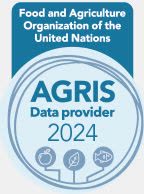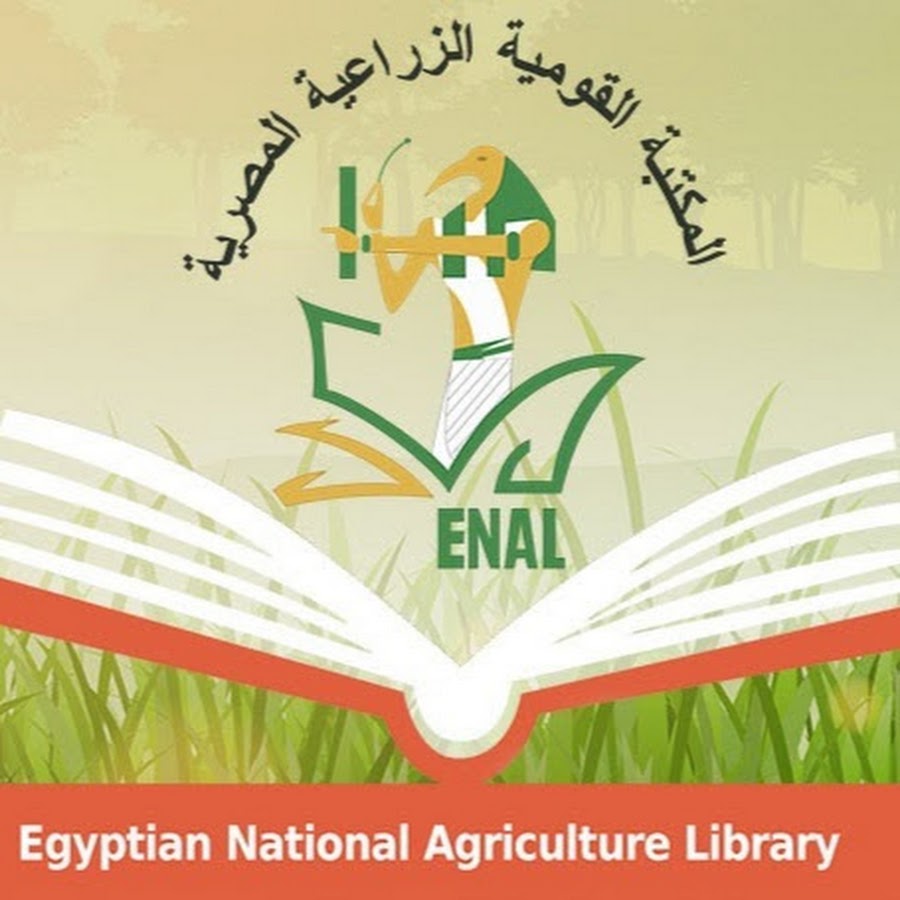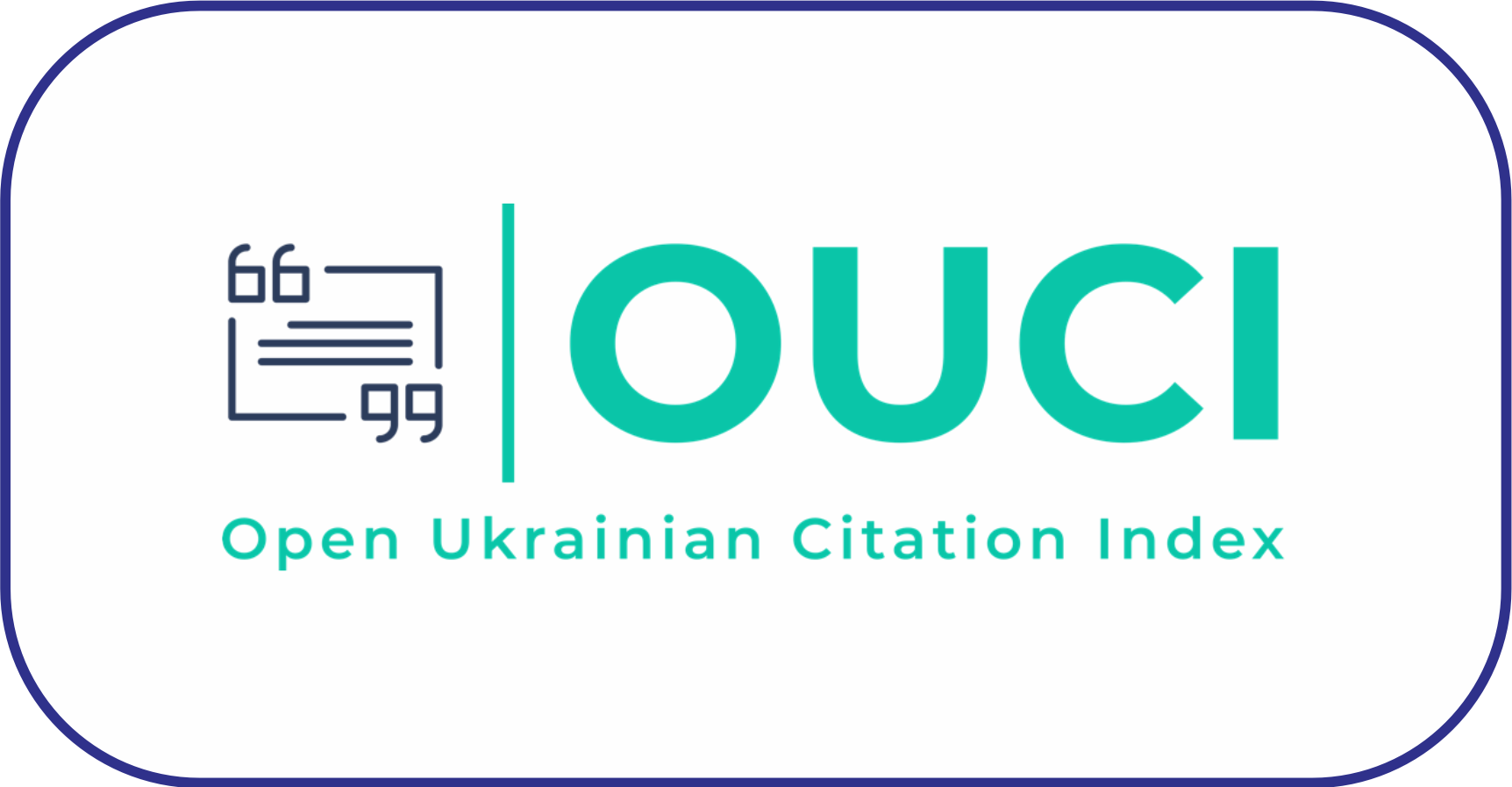A comprehensive review on sustainable management of rice straw for resource conservation and environmental protection
DOI:
https://doi.org/10.63072/aab.22003Keywords:
Crop productivity, Environmental protection, Health hazards, Rice-wheat cropping system, Soil fertility, Sustainable rice straw managementAbstract
This article provides information about the crop residue management present in rice-wheat cropping system in China and Indian Subcontinent. It focuses on the importance of sustainable crop residue management for environmental conservation, crop productivity and health risk mitigation. The study brings attention to what is usually viewed as residue has value, it stresses on the importance of converting residue to enhance soil fertility and to fulfill crop nutrient requirements. The incorporation of wheat and rice residues into the soil is shown to support sustainable crop production and increases soil organic matter and nutrient levels. On the other hand, combusting these residues results in environmental pollution, various health hazards and reduction of valuable nutrients. There are several ways for rice straw management, some of which are discussed here i.e., off-farm composting and in-situ incorporation. Although these methods have advantages, they are also laborious and time consuming. These limitations are solved by innovative methods such as the Turbo Happy Seeder. Moreover, the article emphasizes the necessity for farmers to shift from burning residues (which causes several hazards) to eco-friendly alternatives backed up by financial incentives and technological innovations. It addresses the potential of biochar, a carbon-rich byproduct produced due to biomass pyrolysis, for improving soil quality and lowering emissions of greenhouse gases. Biochar has the capacity to retain nutrients and water due to which it is regarded as a valuable soil amendment that enhances soil quality. It also emphasizes the efficiency of energy conversion in thermal processes using rice straw as biomass feedstock, which contributes to sustainable energy generation source. In conclusion, it stresses the role of rice straw management in fortifying soil fertility and ensuring agricultural sustainability within rice-based cropping systems. Managing the residue not only helps farmers but also helps in resource preservation and environmental protection. © 2022 The Author(s)
Downloads
Published
How to Cite
Issue
Section
License
Copyright (c) 2022 Advances in Agriculture and Biology

This work is licensed under a Creative Commons Attribution-NonCommercial 4.0 International License.


























